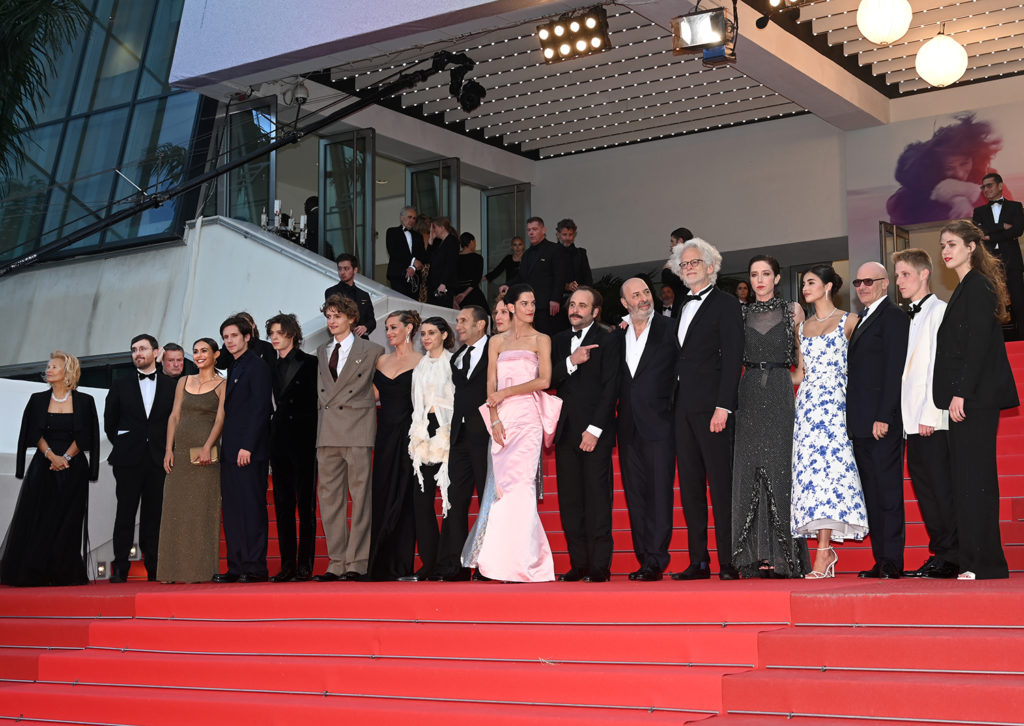
La Venue de l’Avenir ©YesICannes.com
As the competition draws to a close, the Cannes Film Festival has screened Saeed Roustaee’s Woman And Child, Bi Gan’s Resurrection and Cédric Klapisch’s Colors of Time.
Colors of Time: the competition draws to a close on this ninth day with the screening of Zan O Bacheh (Woman And Child) by Iranian director Saeed Roustaee, which once again plunges us into the complex realities of Iranian society. In Resurrection (original title Kuang Ye Shi Da), Chinese filmmaker Bi Gan continues his exploration of the boundaries between the real and the imaginary. Screened out of competition, Cédric Klapisch‘s Colors of Time takes viewers on a family chronicle using time travel.
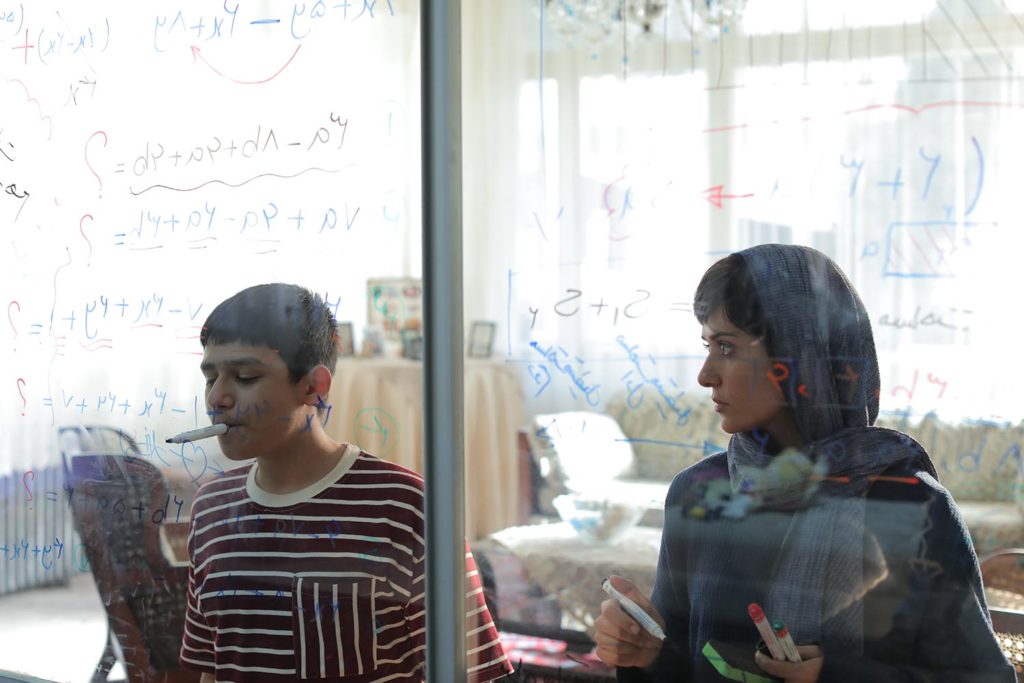
Woman and Child ©Amirhossein Shojaei & Saeed Roustaee
Challenging daily life of a single mother
Revealed with The Law of Tehran in 2019, Saeed Roustaee entered the competition in 2022 with the excellent Leila’s Brothers, which showcased the futility of patriarchy in the Islamic Republic and the vision of the future for Iranian women. The Iranian filmmaker, acclaimed for his striking social realism and his ability to intensely depict the realities of contemporary Iranian society, delivers here a poignant and heartbreaking work on motherhood, a portrait of a woman facing patriarchy, and her resilience in the face of adversity. Woman And Child immerses us in the challenging daily life of a single mother, Mahnaz (Parinaz Izadyar), a 40-year-old nurse, who is raising two children on her own, as she is on the verge of marrying Hamid (Payman Maadi). Her son Aliyar (Sinan Mohebi), an unruly and disobedient teenager, is expelled from school. One day, an awfull accident tears the familly apart and Mahnaz struggles to seek justice.
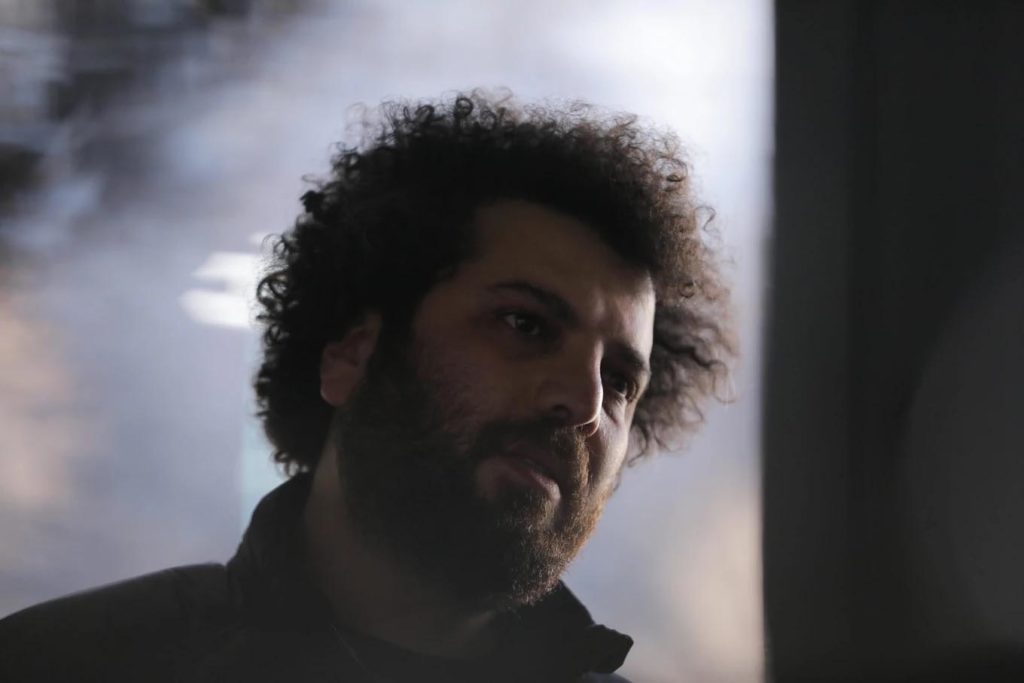
Saeed Roustaee ©Amirhossein Shojaei
Face the culpabilty
The film follows Mahnaz and her familly struggling to face the culpability in front of what is an accident. Already sentenced to six months in prison and five years of filming prohibition for Leïla’s Brothers (a sentence later lifted), Saeed Roustaee had to deal with the censorship of the Islamic Republic for Woman and Child. Although he had to comply with certain constraints, such as the wearing of the veil for women, he claims not to have made a propaganda film, but to be part of a social cinema of resistance. He explores themes of sacrificial motherhood, human dignity in the face of humiliation, and the relentless quest for a better life for his offspring. Roustaee uses a realistic approach to depict the struggles of his characters, while exploring the themes of resilience and maternal love.
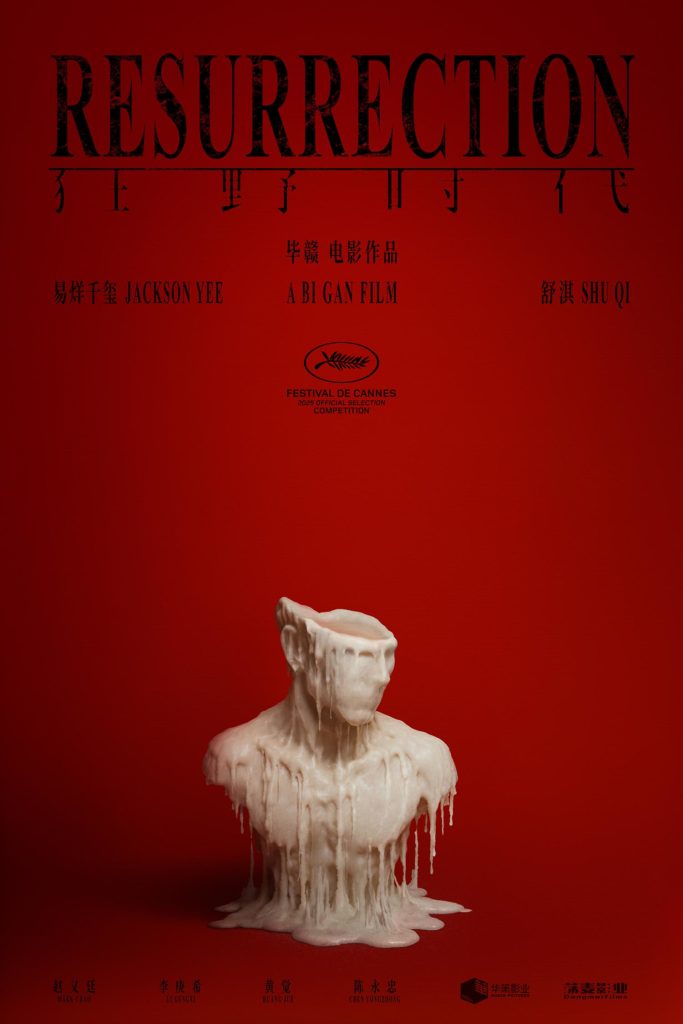
Resurrection ©Dangmai Films
Resurrection, exploration of memory
In Kuang Ye Shi Da, (Resurrection), Bi Gan, the Chinese filmmaker revealed for his poetic and experimental approach in Kaili Blues in 2015, offers us a bold and captivating work that defies traditional narrative conventions. This film, often compared to a waking dream, is a fascinating exploration of memory, time, and buried emotions. Visually, Resurrection is a work of art: Bi Gan plays with lights, reflections, and shadows to create a dreamlike and melancholic atmosphere. Each shot is carefully composed, with meticulous attention paid to details and textures. The photography is sumptuous, and the use of 3D adds an extra dimension to the visual experience, enhancing the feeling of immersion.
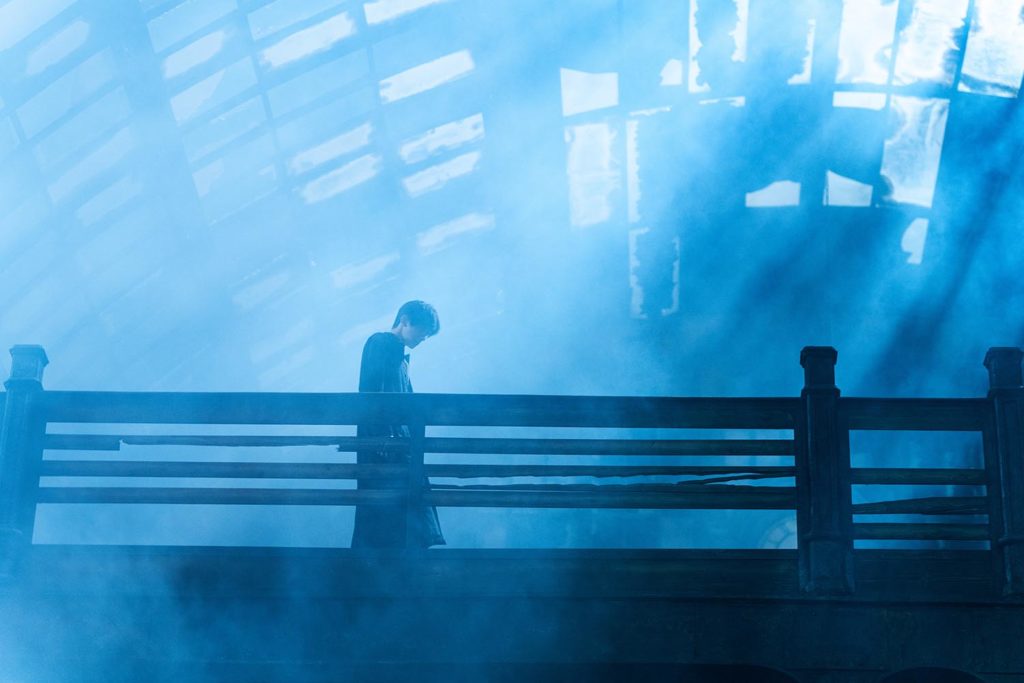
©Dangmai Films
Quest for meaning
In Resurrection, in a world “that no longer dreams” to prevent time from flowing, a woman (Shu Qi) falls into the “eternal time zone” and finds herself in a state of semi-consciousness, trapped in numerous dreams. She meets a Fantasmer, who lives different (six) reincarnations and adventures. At the end of each tale, time turns and – in rather opaque adventures – the Fantasmer often meets a contrary fate, filled with tortures and wounds. The themes addressed – memory, loss, desire, and the quest for meaning – are treated with a finesse and complexity that characterize Bi Gan’s cinema. The film questions how we reconstruct our past and how these memories continue to haunt and define us.
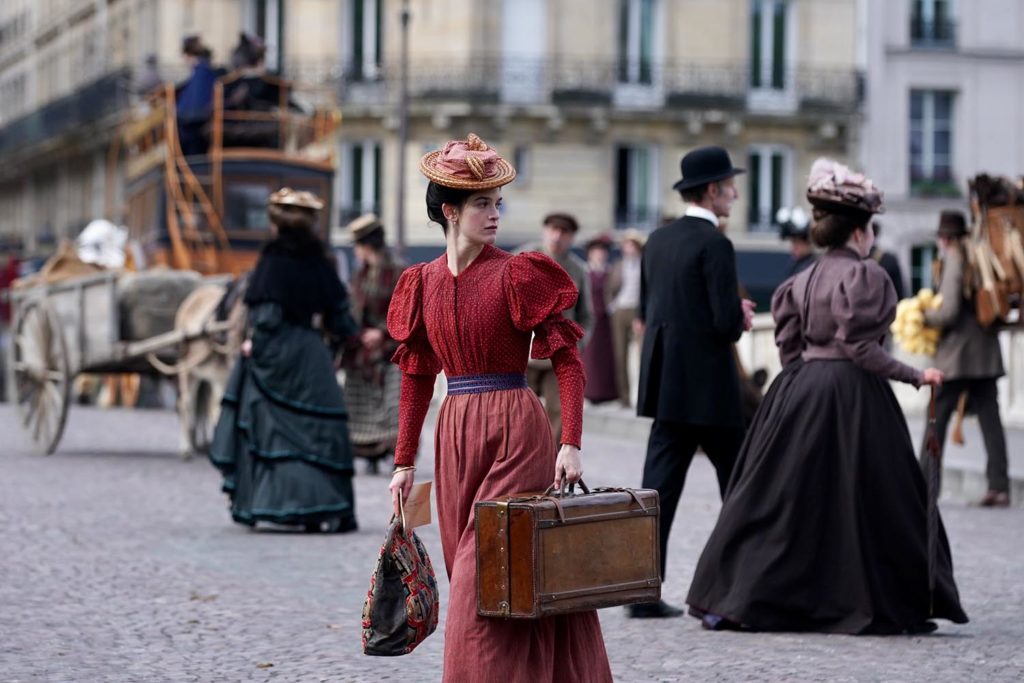
Colors of Time ©DR
The Colors of Time… travel
This film, with its charming title playing on a welcome game of words, reveals a long-abandoned house that holds hidden treasures, four cousins who didn’t know each other until then, and a mysterious Adèle who left her native Normandy at the age of 20 to go to Paris in 1895, at a time when the capital was undergoing an industrial and cultural revolution. Three years after the success of En corps, Cédric Klapisch paints a fresco with a time-traveling narrative between 1895 and 2025, bringing together Cécile de France, Paul Kircher, Suzanne Lindon, Vincent Macaigne and Sara Giraudeau… The end of the 19th century, a period rich in various inventions, sees the birth of both photography and the Impressionist movement, which profoundly disrupts painting.
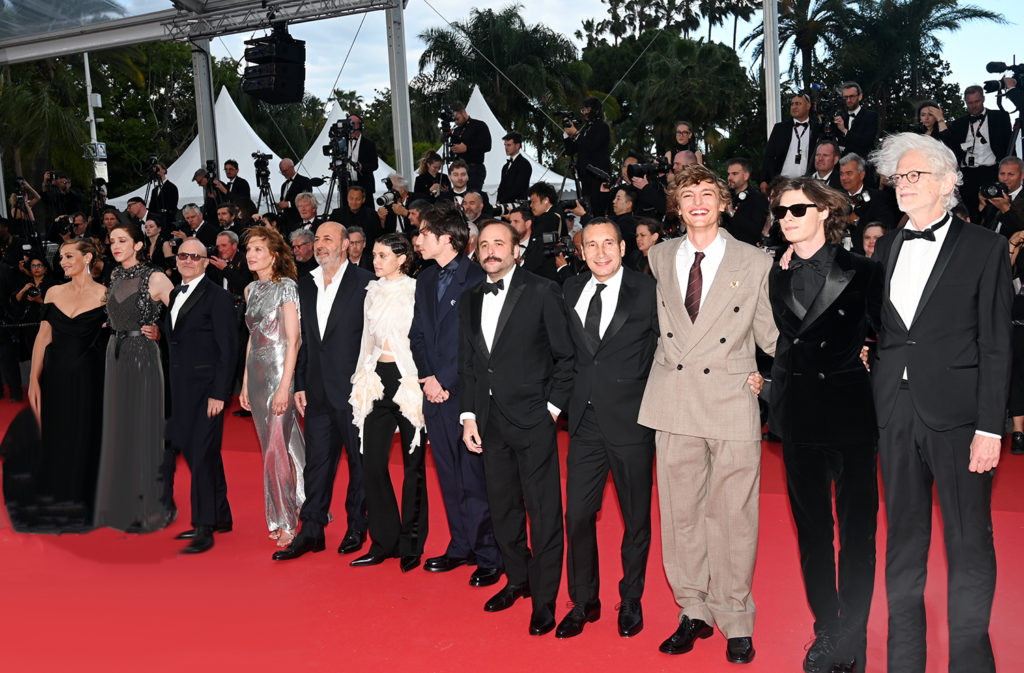
Colors of Time team ©YesICannes.com
Capturing the essence of human relationships
Cédric Klapisch, an emblematic figure of contemporary French cinema, is recognized for his ability to capture the essence of human relationships and urban dynamics with a unique authenticity. His previous works, such as the trilogy L’Auberge Espagnole or Deux moi, have established his reputation as a keen observer of ordinary lives and identity quests. With his usual sensitivity, Klapisch manages to capture the essence of human encounters and moments of transition in life. The past coexists with the present through a superb performance by the actresses and actors.
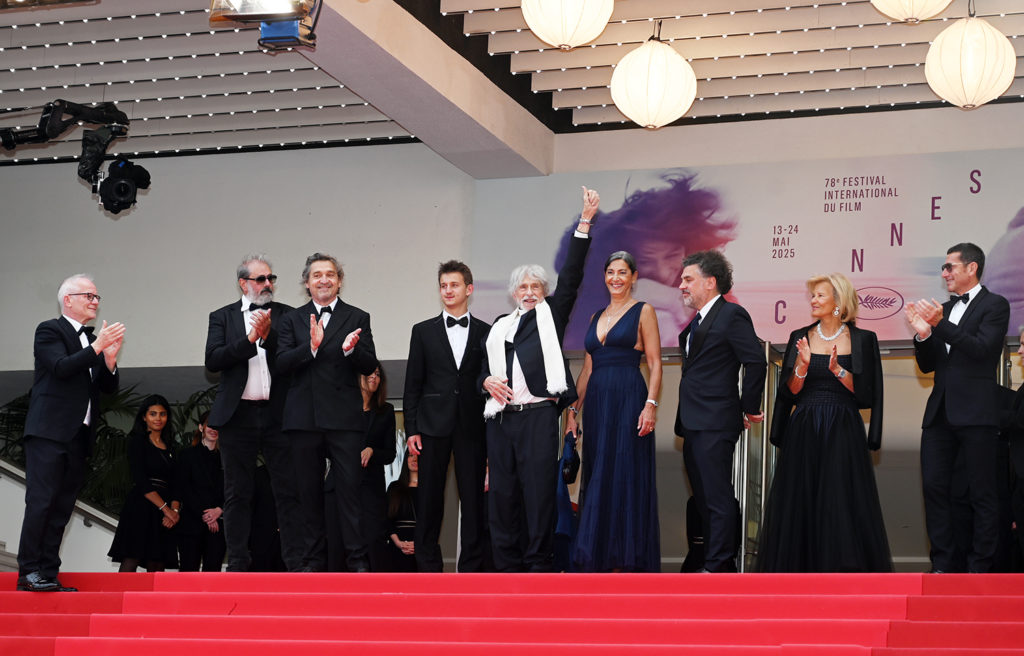
©YesICannes.com
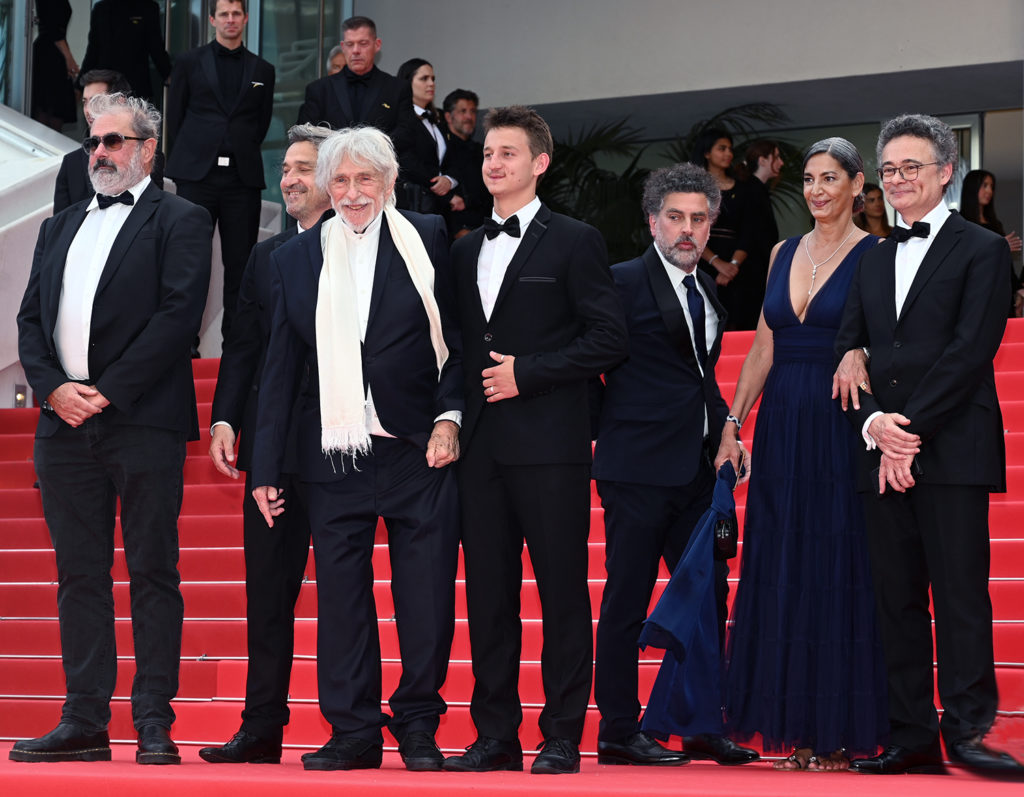
Pierre Richard ©YesICannes.com
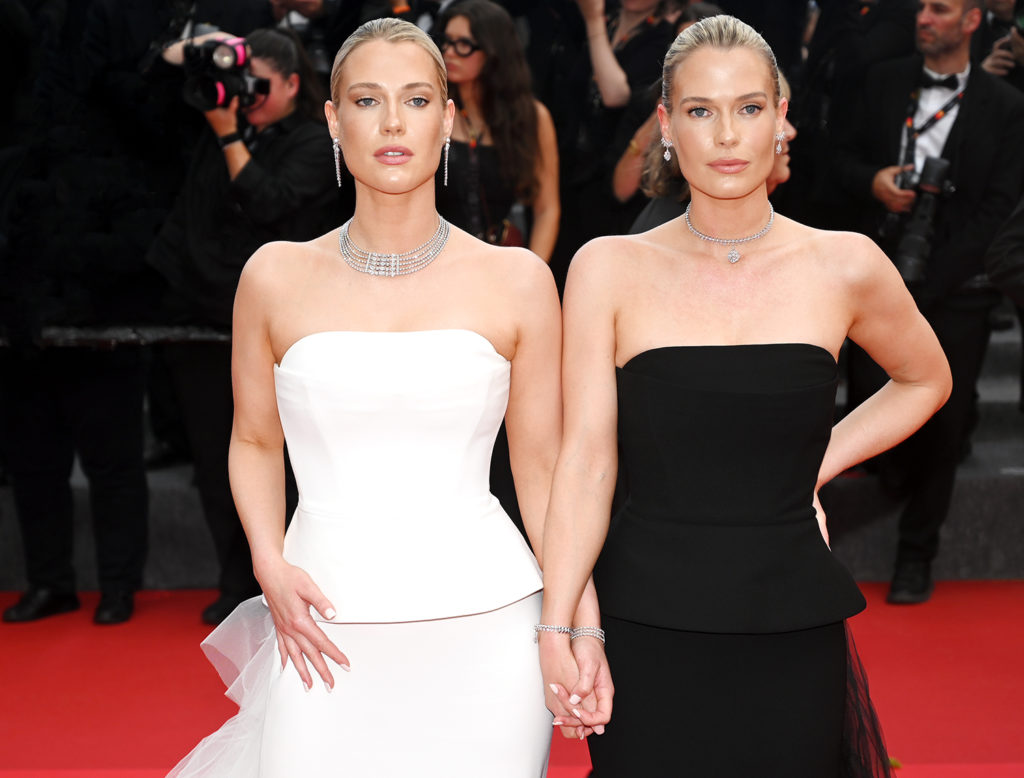
©YesICannes.com
The Red Carpet of Colors of Time
Click on pictures to enlarge – ©YesICannes.com – All rights reserved
- ©YesICannes.com

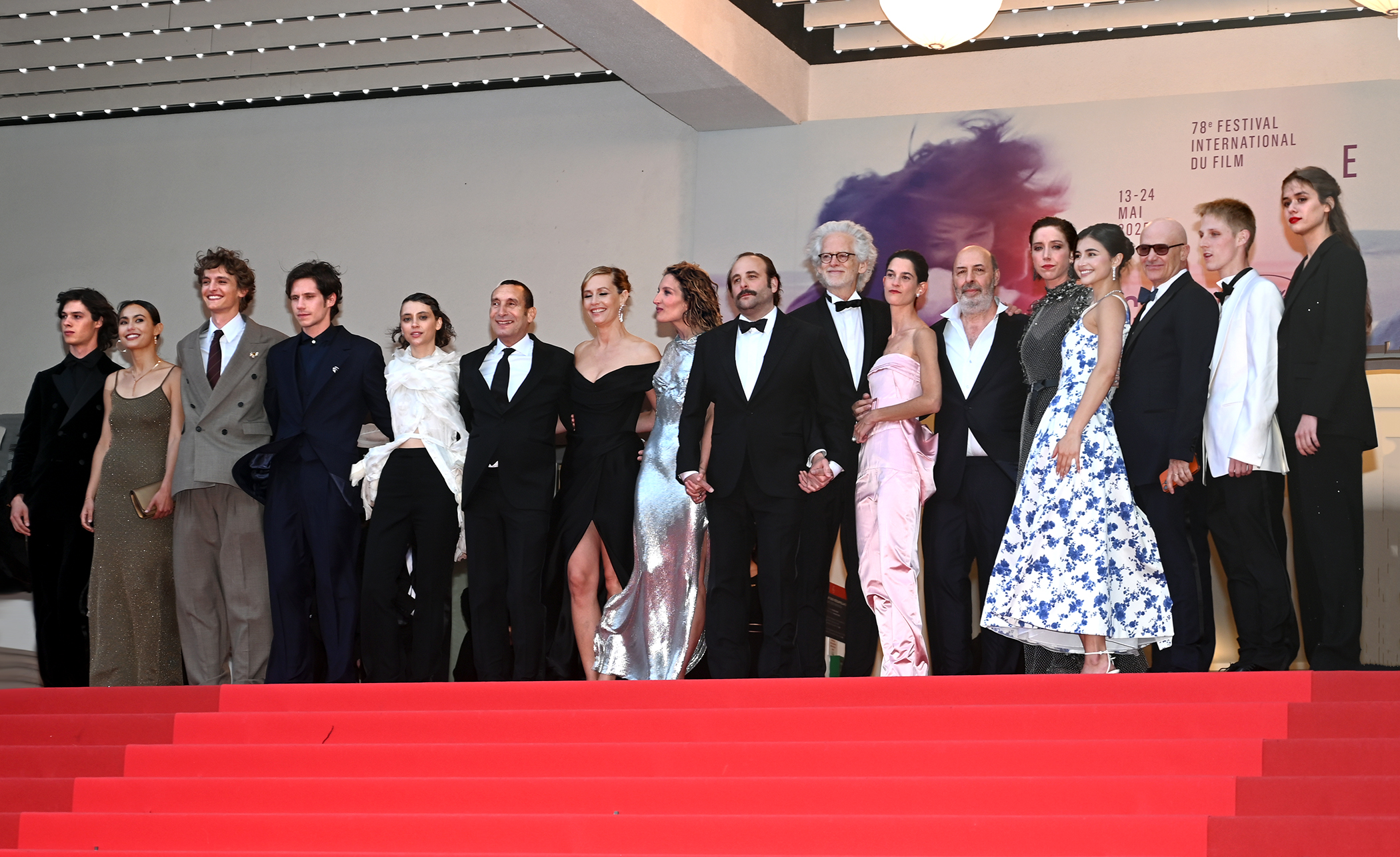
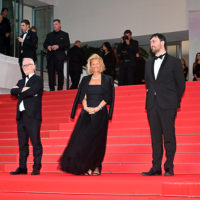
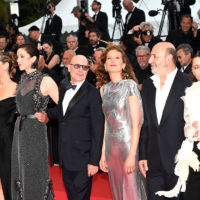
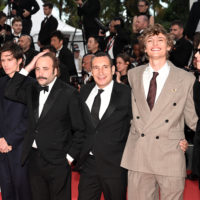
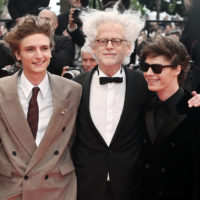
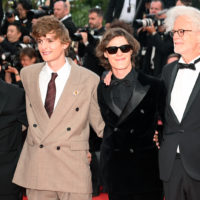

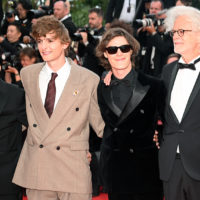
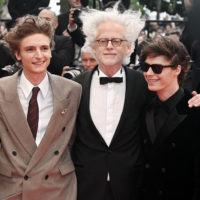
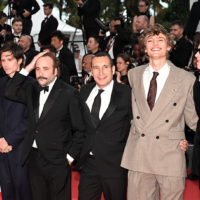
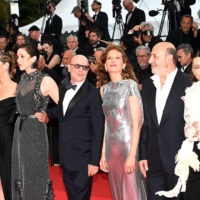
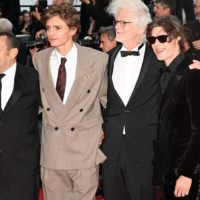

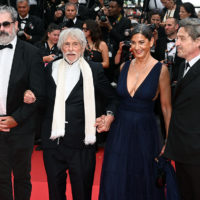
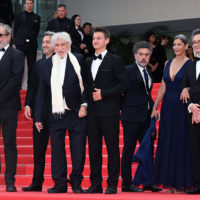
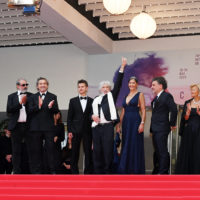
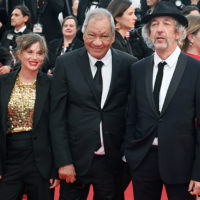

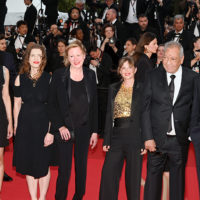
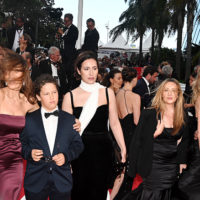

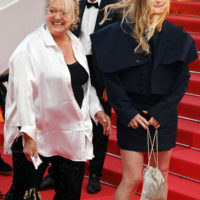
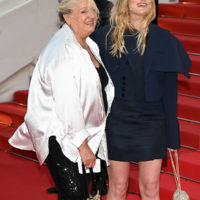
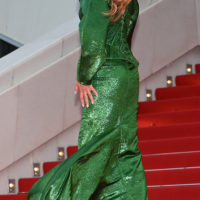

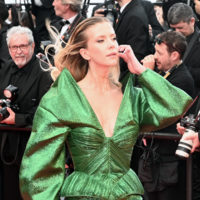

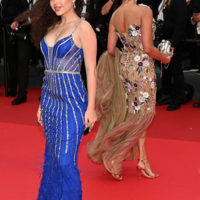


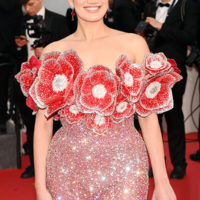
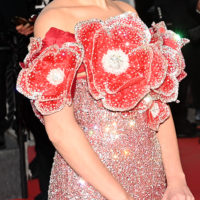



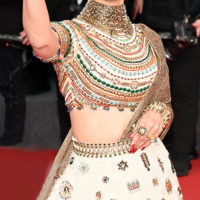
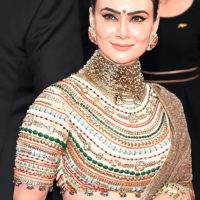
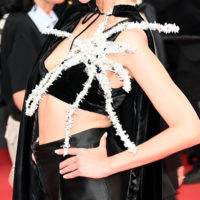
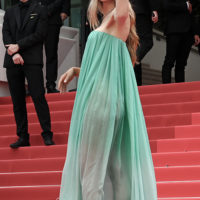
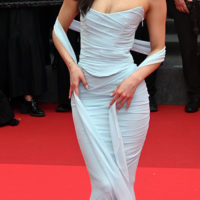

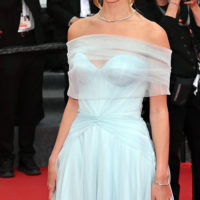

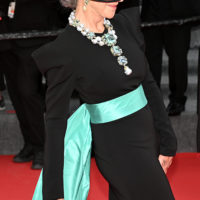

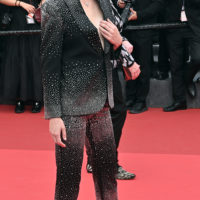

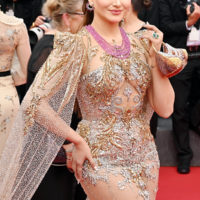
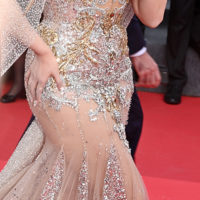


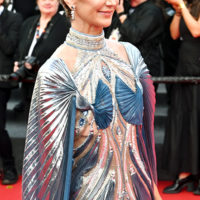
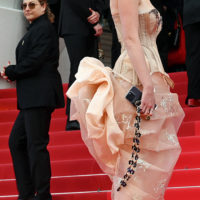






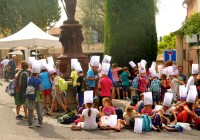







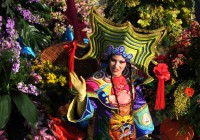

Recent Comments